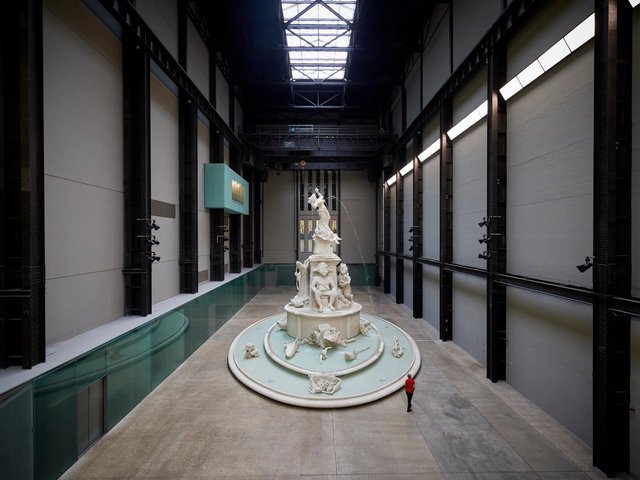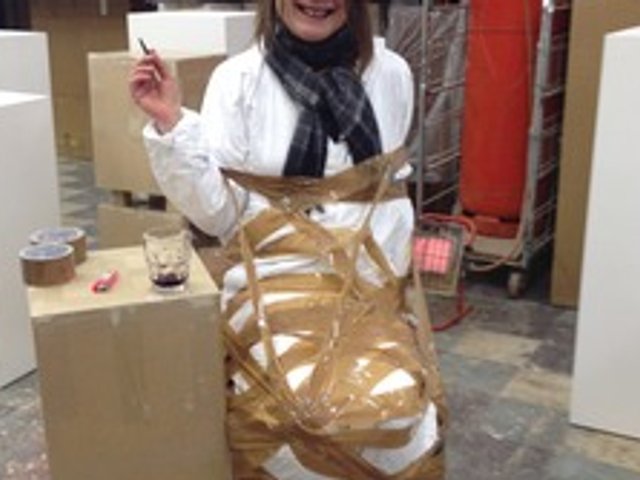Turner Prize-winning artist Rachel Whiteread unveils her first major permanent commission in the US today (19 July) while also preparing for a major survey of her work that opens at Tate Britain in 2017 and then at the National Gallery of Art (NGA) in Washington, DC.
Cabin (2016), a site-specific concrete cast of a wooden shed has been installed on Governors Island, New York, standing on a 40ft hill overlooking New York Harbour as part of a £175m development project.
In preparation for her forthcoming survey, Whiteread is taking a trip down memory lane. “There’s work going back across a long period of time. It’s great to be thinking about past things,” she says. “But it’s also good to think about the future, so it’s a question of making all of that work together.”
Together, the Tate and the NGA own 37 works of her works, including the breakthrough piece, Ghost (1990), a project she once described as “mummifying the air in a room”. Ghost is a plaster cast of the negative space in the parlour of an abandoned Victorian house in London. It was once owned by Charles Saatchi, who included it in his first Young British Artists show in 1992. The Maryland-based Glenstone Foundation later donated it to the NGA. Whiteread created Embankment (2005) a Unilever commission for Tate Modern’s Turbine Hall.
Much of Whiteread’s work is large, unique and fragile, so some potential lenders still need coaxing. “It’s a little early to say exactly, but the show will be mainly older works with two or three new pieces,” she says.
One major work that won't be on show is House (1993)—a life-size replica of the inside of a condemned terraced house in London’s East End—which was destroyed a few months after it was unveiled.





